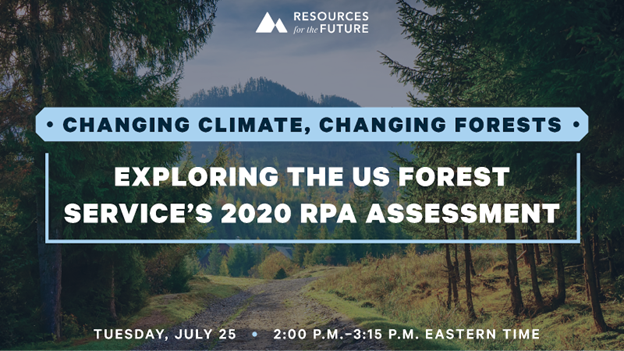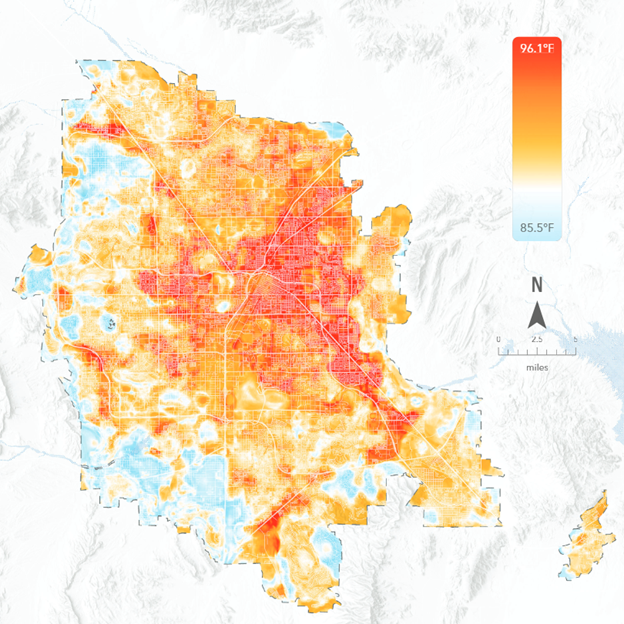Twice a month, we’re compiling the most relevant news stories from diverse sources online, connecting the latest environmental and energy economics research to global current events, real-time public discourse, and policy decisions. Keep reading, and feel free to send us your feedback.
Here are some questions we’re asking and addressing with our research chops this week:
What trade-offs are involved in the implementation of the clean hydrogen tax credit in the Inflation Reduction Act?
A decision on how to implement a tax credit for clean hydrogen is expected from the US Department of the Treasury in August and could unlock billions of dollars for the emerging hydrogen industry. The tax credit, dubbed “45V” in the Inflation Reduction Act, will subsidize hydrogen that is produced by an electrolyzer—a machine that splits water into oxygen and hydrogen—only if the process is powered by clean energy. But the implementation of 45V has become complicated, because the Treasury Department needs to decide what it means for an electrolyzer to claim to consume clean energy and therefore be eligible for the tax credit, says Aaron Bergman, a fellow at Resources for the Future (RFF). In the first article of a new blog series, Bergman compares recent studies on implementation options for 45V. The forthcoming decision from the Treasury Department has implications for future hydrogen prices and emissions, says Bergman. Stay tuned for future articles in the series.
How are countries across the world using carbon markets to help achieve emissions-reduction goals?
The Chinese government has announced reforms to its electricity, gas, and oil markets that lay out a road map for the nation’s energy transition and signal a shift in focus from reducing energy consumption to reducing carbon emissions. The reforms overlap with the ongoing development of China’s carbon market, which is the world’s largest. Carbon markets set a cap on total emissions and then allow emitters to buy and trade emissions permits. On a recent episode of the Resources Radio podcast, Stefano De Clara discusses the proliferation of carbon markets across the globe—particularly in China, Europe, India, Nigeria, and the United States—and the role of carbon markets in reducing emissions. De Clara is head of secretariat at the International Carbon Action Partnership. “More or less, one-third of the global population lives under an [emissions trading system] in force at the moment,” De Clara says.
How can we use satellite data to make better decisions, in hopes of maintaining a healthy environment and robust ecosystem services?
Sea surface temperatures exceeded 90°F off the coast of Florida last week, with highs reaching almost 97°F. Scientists have used satellites to monitor these spiking temperatures and the potential dangers for coral reefs and ocean ecosystems. Long stretches of above-average temperatures can be dangerous and, over extended periods, deadly for these reefs, which promote healthy coastal ecosystems and protect coasts from storm damage. Data from satellites increasingly has become a tool for tracking environmental change. A recent article in Resources magazine spotlights researchers who have worked with the VALUABLES Consortium, a collaboration between RFF and NASA, to quantify the value of satellite data when it informs policies that protect the environment. “Anything we can do to show the value of those policies and the value of the supporting data is going to be relevant to addressing … climate change,” says Jill Caviglia-Harris, a researcher with the consortium and professor at Salisbury University.

Expert Perspectives
Big-Name Insurers Pull Policies from States with Costly Climate Impacts
One of Florida’s largest insurers has announced that the company will not renew nearly a third of its policies in the state. Earlier this year, two other big-name insurers announced plans to stop selling homeowners insurance in California. Extreme weather events—hurricanes in Florida and fires in California, for example—have contributed to higher losses for insurers. While the retreat from areas that are at higher risk from climate change may be smart business for insurers, the exodus leaves homeowners with few or no options for insuring their homes.
“With major insurers pulling out of the market, many customers still can get coverage from other insurers that are licensed to operate in these states,” says Yanjun (Penny) Liao, a fellow at Resources for the Future. “However, even the insurers that remain might be reluctant to cover properties in high-risk areas. Property owners might need to turn to out-of-state insurers or state-supported plans, both of which are much more expensive. Because mortgage lenders typically require homeowners insurance, rising insurance costs in risky areas are likely to make properties in high-risk areas less desirable and reduce property values. So, a greater insurance cost also might reduce the incentive to develop in high-risk areas.”

Resources Roundup

Understanding the Impact of Climate Change on Forests
Every ten years, the US Department of Agriculture (USDA) Forest Service releases a new report on the state of US forests and rangelands. The 2020 report, which will be released later this month, will assess the impacts of socioeconomic factors and climate change on water, wildlife, forest resources, natural disasters, and more. This Tuesday, July 25, RFF and the USDA Forest Service will host an event to discuss the findings of the new report and implications for forest management. Register here to attend this event in person or virtually.
Implementing the 45V Hydrogen Tax Credit
Clean hydrogen fuel is viewed as a potential alternative to carbon-based fuels that are used for industrial processes, but the current supply of hydrogen is scant. Lawmakers have incentivized the production of clean hydrogen with the so-called “45V” tax credit in the Inflation Reduction Act. How the US Department of the Treasury implements this credit will influence the course of hydrogen development significantly in the United States; a decision from the agency is expected in August. On July 31, RFF will host a panel of experts who will discuss the tax credit and the challenges and promises of its implementation. Register here to attend this event in person or virtually.
Ensuring Equity in Emissions Reductions
As states across the country establish carbon markets as a strategy for reducing emissions, environmental justice communities have raised questions about whether these policies equitably mitigate pollution across communities. In a new report, RFF scholars Dallas Burtraw and Nicholas Roy examine the local distribution of emissions reductions across California that results from the state’s cap-and-trade program. They explore how additional limits on emissions at individual facilities may affect the equitability of pollution mitigation and the effectiveness of the state’s carbon market.
Translating Federal Emissions Policy into International Emissions Policy
Both the United States and the European Union recently implemented regulations that target emissions of methane, a greenhouse gas often associated with natural gas production. In a new policy brief, RFF Board Member and Massachusetts Institute of Technology Professor Catherine Wolfram and coauthors explore the prospect of transatlantic collaboration on methane policy and the potential effects of such a policy. “A coordinated US and EU methane border adjustment policy in oil and gas … will reduce methane emissions by an estimated 15 to 45 percent worldwide, while having an indiscernible effect on key energy prices faced by households in the United States and the European Union,” the authors say.
Applying Diverse Climate Policies Comes with Risk
As countries around the world adapt to climate change and mitigate emissions, the sheer diversity of policy approaches can introduce issues to the interdependent global economy. In a new working paper, RFF Board Member and Massachusetts Institute of Technology Professor Catherine Wolfram and a coauthor explore implications related to economic competitiveness and so-called “climate clubs,” among other issues. “The inevitability of diverse policy actions, the nature of policy spillovers, and the ideal policy responses to address such spillovers … will define the world’s ability to address climate change in an orderly fashion,” the authors say.

#ChartOfTheWeek

Data: 2022 CAPA Strategies Heat Watch Report for Clark County, Nevada
This map shows temperatures in Clark County, Nevada (which contains Las Vegas), on a summer day in 2022. Hotter areas of the county, which appear in red, tend to feature darker infrastructure (e.g., asphalt) that absorbs more heat. Cooler areas, colored blue, tend to be less developed. Variation in temperatures stem from the urban heat island effect, which describes the increase in temperature that is caused by the built environment. The effect is exacerbating the heat wave that for weeks has enveloped much of the southwestern United States. Highs in Las Vegas have exceeded 100°F since July 13, and forecasters expect highs to surpass 110°F over the weekend. Reduced traffic, energy-efficient buildings, and urban vegetation—especially trees—can help mitigate the urban heat island effect.








